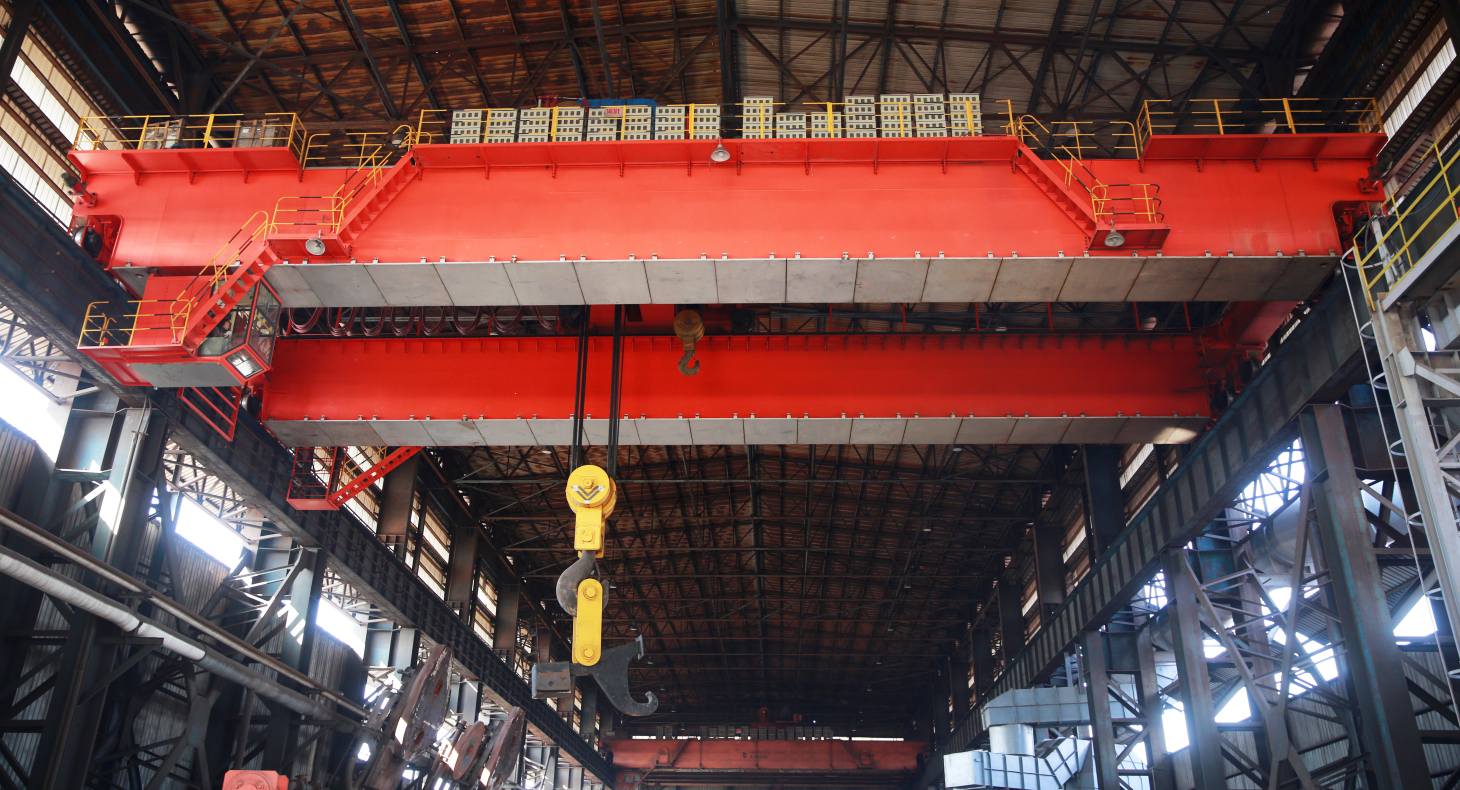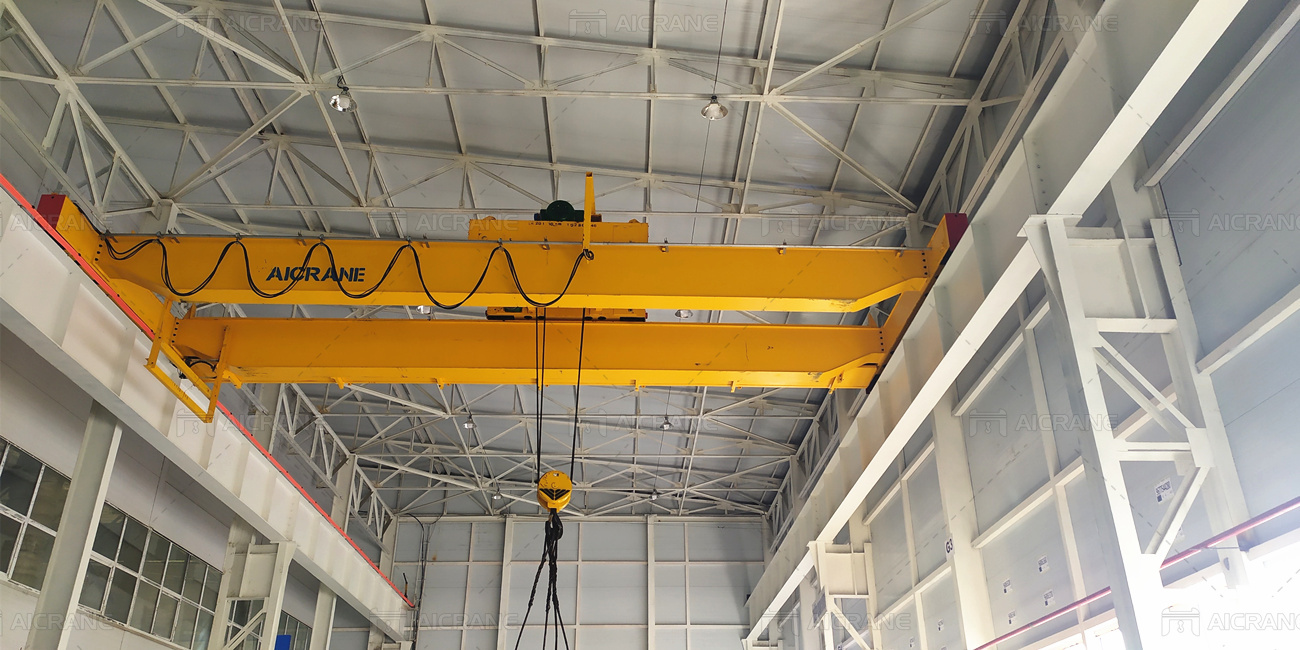In industrial settings, overhead cranes are essential for moving heavy materials efficiently and safely. These cranes play a crucial role in various industries, including manufacturing, construction, and logistics. However, like any piece of heavy machinery, overhead cranes are subject to wear and tear, which can lead to unexpected breakdowns and costly downtime. Implementing a preventive maintenance program is essential to ensure these cranes operate reliably and to minimize disruptions to operations. This article explores the importance of preventive maintenance for industrial overhead cranes and provides a comprehensive guide to reducing downtime through proactive care.

Understanding Preventive Maintenance
Preventive maintenance (PM) involves regular, scheduled inspections and servicing of equipment to prevent potential failures and extend the lifespan of machinery. Unlike reactive maintenance, which addresses issues after they occur, preventive maintenance aims to identify and resolve potential problems before they lead to downtime. For industrial overhead cranes, a PM program includes routine checks, lubrication, adjustments, and parts replacement as needed.
Benefits of Preventive Maintenance
Minimized Downtime: One of the primary benefits of preventive maintenance is the significant reduction in unplanned downtime. By identifying and addressing issues before they escalate into major problems, companies can keep their overhead crane machines operational and avoid costly interruptions.
Increased Safety: Regular maintenance ensures that all crane components are functioning correctly and safely. This reduces the risk of accidents, protecting both workers and equipment. Ensuring the safety of operations is paramount in industrial environments.
Extended Equipment Lifespan: Consistent maintenance helps in extending the lifespan of the cranes. By keeping all parts in good working condition, businesses can avoid premature replacements and maximize the return on their investment.
Cost Savings: Although there are costs associated with preventive maintenance, they are typically much lower than the expenses incurred from major repairs or complete equipment replacements. Additionally, minimizing downtime leads to more efficient operations and better productivity, contributing to overall cost savings.

Key Components of a Preventive Maintenance Program
Regular Inspections: Regular inspections are the cornerstone of a successful preventive maintenance program. These inspections should be conducted by trained personnel who can identify signs of wear, damage, or potential failure. Inspections should cover all parts of the crane, including hoists, trolleys, bridges, electrical systems, and safety mechanisms.
Lubrication and Cleaning: Proper lubrication is essential for the smooth operation of overhead crane components. Lubrication reduces friction, prevents wear, and helps protect against corrosion. Regular cleaning of parts removes dirt, debris, and other contaminants that can cause damage over time.
Adjustments and Alignments: Routine adjustments and alignments ensure that all crane components are operating correctly and efficiently. This includes checking and adjusting the alignment of tracks, tightening loose bolts, and ensuring that hoists and trolleys move smoothly.
Replacement of Worn Parts: Timely replacement of worn or damaged parts is crucial to prevent more significant issues. This includes replacing worn-out cables, worn-out hooks, and other components showing signs of wear. Using high-quality replacement parts is essential to maintain the integrity of the crane.
Testing and Calibration: Regular testing and calibration of the crane’s control systems and safety devices ensure they function correctly. This includes load testing, checking emergency stop mechanisms, and verifying that all controls respond accurately.
Implementing a Preventive Maintenance Schedule
Develop a Maintenance Plan: A comprehensive maintenance plan should outline the specific tasks, frequencies, and responsibilities for each aspect of the preventive maintenance program. This plan should be tailored to the specific requirements of the crane and its operating environment.
Training and Certification: Ensure that all personnel involved in the maintenance program are properly trained and certified. This includes operators, maintenance technicians, and safety inspectors. Ongoing training helps keep everyone updated on the latest best practices and safety standards.
Record Keeping: Maintaining detailed records of all maintenance activities is essential for tracking the condition of the crane over time. These records should include inspection reports, maintenance logs, parts replacements, and any issues identified and resolved. Record keeping helps in planning future maintenance and identifying recurring problems.
Use of Technology: Leveraging technology can enhance the effectiveness of preventive maintenance programs. This includes using computerized maintenance management systems (CMMS) to schedule and track maintenance activities, as well as utilizing sensors and IoT devices to monitor the condition of crane components in real-time. As a professional crane manufacturer and provider, Aicrane is committed to offering high quality cranes and after-sales service, like maintenance service. To know more about Aicrane products, you can open this https://aicranemachine.com/.
Challenges and Solutions
Resource Allocation: Allocating sufficient resources, including time, personnel, and budget, for preventive maintenance can be challenging. Companies need to prioritize maintenance activities and allocate resources accordingly to ensure the program’s success.
Resistance to Change: Implementing a new preventive maintenance program may face resistance from employees accustomed to reactive maintenance practices. Providing training, demonstrating the benefits, and involving employees in the planning process can help overcome this resistance.
Adapting to Different Operating Environments: Cranes operating in harsh environments, such as extreme temperatures, corrosive atmospheres, or high-dust areas, may require more frequent and specialized maintenance. Adapting the maintenance program to the specific operating conditions is crucial for its effectiveness.
Preventive maintenance is a proactive approach that ensures industrial overhead cranes operate efficiently, safely, and with minimal downtime. By implementing a comprehensive maintenance program that includes regular inspections, lubrication, adjustments, and timely replacement of worn parts, businesses can significantly reduce the risk of unexpected breakdowns and extend the lifespan of their equipment. Although challenges exist, the benefits of preventive maintenance far outweigh the costs, leading to increased productivity, cost savings, and enhanced safety. Investing in preventive maintenance is a strategic decision that supports long-term operational efficiency and business success.
